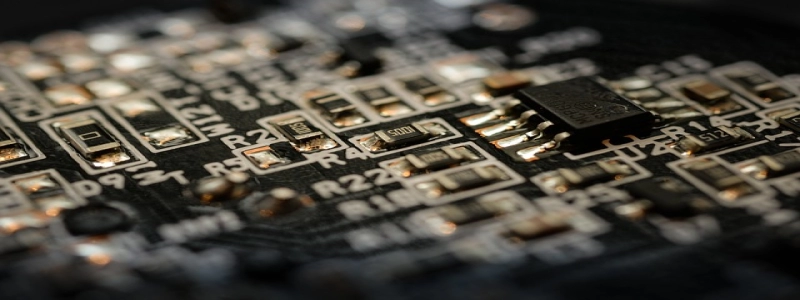Ethernet Bridges
Uvod:
Ethernet bridges are networking devices that connect multiple Ethernet networks together by forwarding data packets between them. This article explores the different levels of Ethernet bridges and provides a detailed explanation of their functioning and benefits.
jaz. Definition and Types of Ethernet Bridges:
A. Definition: An Ethernet bridge is a networking device that operates at the data link layer of the OSI model. It receives incoming Ethernet frames and forwards them to the appropriate destination based on the MAC (Media Access Control) addresses of the devices.
B. Types of Ethernet Bridges:
1. Transparent Bridges: These bridges operate at the MAC sublayer and are commonly used to extend a local area network (LAN). They enable seamless communication between different segments of the same LAN.
2. Source Route Bridges: These bridges operate at the network layer and are used to connect multiple LANs. They use source routing protocols to determine the best path for data transmission.
3. Translation Bridges: These bridges convert between different network protocols, enabling the connection between Ethernet networks with different protocols, such as Token Ring or FDDI.
II. Functioning of Ethernet Bridges:
A. Learning MAC Addresses: When an Ethernet bridge receives a frame, it learns the MAC addresses of the devices connected to each port. It uses this information to build a filtering table, which stores the MAC-address-to-port mappings.
B. Forwarding Mechanism: When a frame is received, the bridge checks the destination MAC address. If the address is in its filtering table, the bridge forwards the frame only to the correct port connected to the destination device. If the address is not found, the bridge floods the frame to all ports, except the incoming port.
C. Spanning Tree Protocol: Ethernet bridges use the Spanning Tree Protocol to avoid loops in the network. This protocol constructs a loop-free logical topology by blocking some of the redundant paths.
III. Benefits of Ethernet Bridges:
A. Increased Network Performance: Ethernet bridges help in reducing network congestion by segmenting LANs and controlling data flow. They prevent unnecessary broadcast and multicast traffic from reaching all connected devices.
B. Enhanced Network Security: Ethernet bridges isolate LAN segments, creating separate collision domains. This enhances network security by preventing unauthorized access and reducing the chances of network attacks.
C. Scalability and Flexibility: Ethernet bridges allow the expansion of existing LANs and enable the connection of different types of Ethernet networks. They provide a cost-effective solution for network growth, as additional bridges can be added as needed.
Zaključek:
Ethernet bridges play a crucial role in connecting Ethernet networks and improving network performance, security, and scalability. By segmenting LANs and managing data flow, these devices facilitate efficient communication between different devices connected to the network. Whether it’s a transparent bridge, source route bridge, or translation bridge, Ethernet bridges are essential components of modern networking infrastructure.







